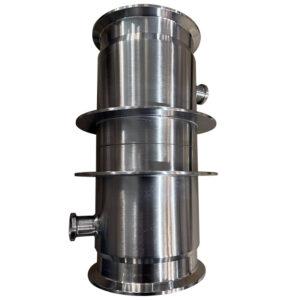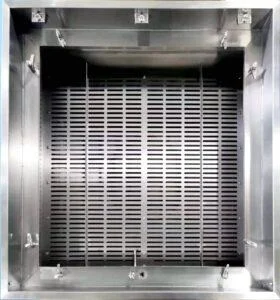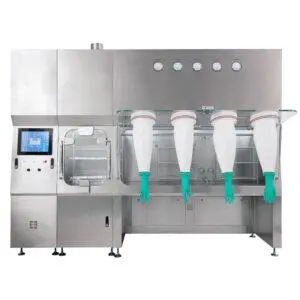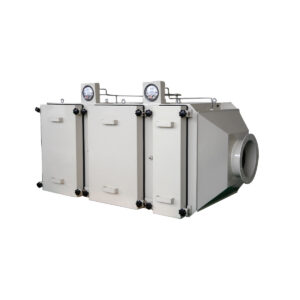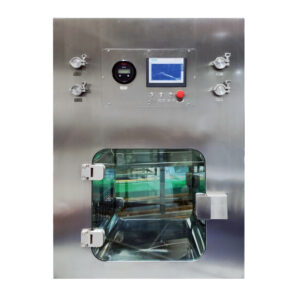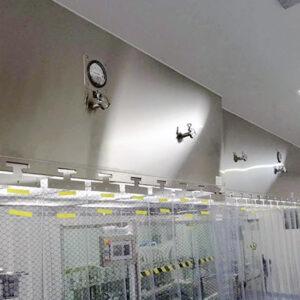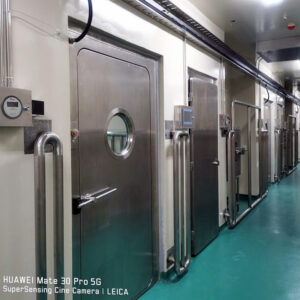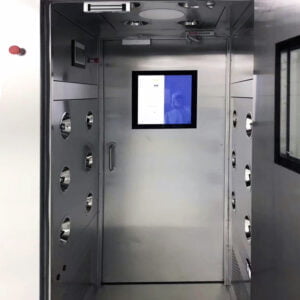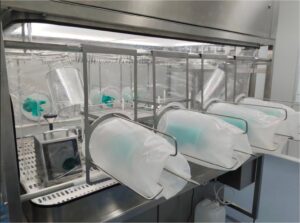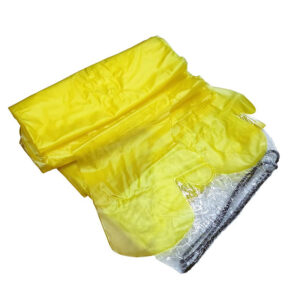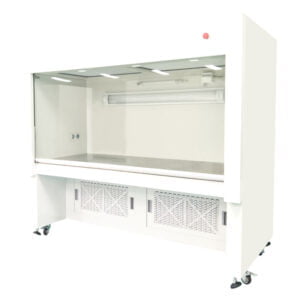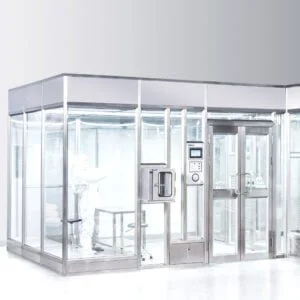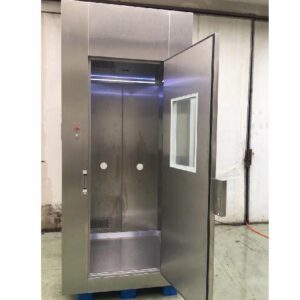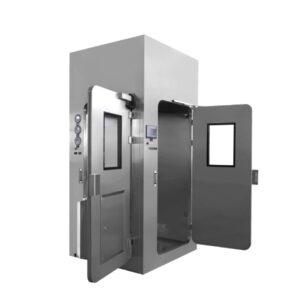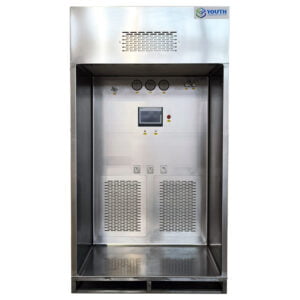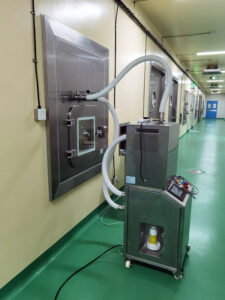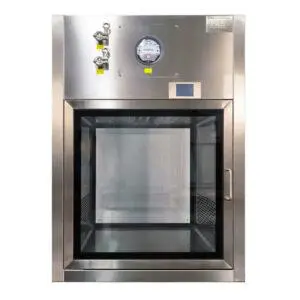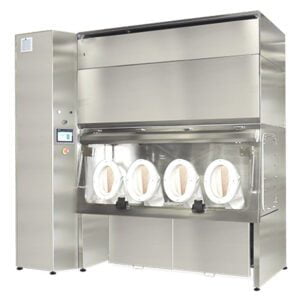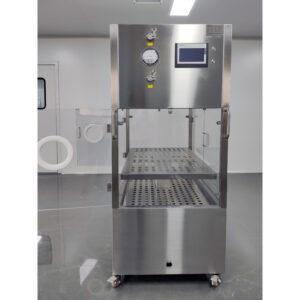So I got a call last week from a pharmaceutical QA manager who was absolutely losing it over a contamination incident during their API manufacturing. Turns out their BIBO system hadn’t been properly installed, and they were dealing with potential operator exposure during a filter changeout. Honestly, it’s situations like this that drive me crazy – because most BIBO installation issues are totally preventable if you just follow the right procedures from day one.
Look, I’ve been dealing with Bag-In-Bag-Out systems for over fifteen years now, and I can tell you that professional BIBO system installation isn’t something you want to wing. These systems are literally your last line of defense against contamination in critical pharmaceutical and biotech applications. When they’re installed wrong, people get exposed to hazardous materials, production gets shut down, and regulatory inspectors start asking very uncomfortable questions.
Why BIBO Installation Gets Messed Up (More Often Than It Should)
Here’s the thing – I see the same mistakes over and over again. Companies try to cut corners on the installation because they think it’s just “mounting a box and connecting some ducts.” That’s like saying cleanroom validation is just “turning on some fans and checking a few particle counters.” Sure, technically true, but you’re missing about 90% of what actually matters.
The biggest problem I run into? Teams that don’t understand the containment principles behind these systems. A BIBO unit isn’t just a fancy filter housing – it’s an engineered containment system that needs to maintain negative pressure differentials while allowing safe filter removal. Get the airflow patterns wrong during installation, and you’ve basically created an expensive contamination risk instead of a protection system.
I remember this one installation at a biotech facility outside Singapore (monsoon season, naturally, which made everything take twice as long). The local contractor had mounted the BIBO system perfectly level, connected all the ductwork, and even ran the electrical properly. But they’d completely ignored the bag sealing mechanism calibration. First time the operators tried to change a filter, the inner bag didn’t seal properly, and they got a puff of containment breach that shut down production for three days while they investigated.
Getting the Foundation Right
Before you even think about BIBO installation manufacturing procedures, you need to understand what you’re actually trying to achieve. These systems work on a pretty elegant principle – you’ve got primary HEPA filtration happening inside a sealed housing, but when it’s time to change those filters, you need to remove them without any contaminated material escaping into the cleanroom environment.
The bag-in-bag-out mechanism lets you seal the spent filter inside plastic bags before removal, then install new filters through the same contained process. Sounds simple, right? But the devil’s in the details – pressure differentials, airflow velocities, bag sealing integrity, and operator interface design all have to work together perfectly.
That pharmaceutical facility I mentioned earlier? Their problem wasn’t just the installation – it was that nobody had properly trained their operators on the bag sealing sequence. Even with perfect equipment, you can still create contamination risks if people don’t understand the procedures.
Pre-Installation Planning (Don’t Skip This Part)
Okay, so you’ve decided you need cleanroom BIBO setup services. First question I always ask clients: have you actually thought through your filter change frequency and waste disposal procedures? Because I’ve seen beautiful BIBO installations that become operational nightmares because nobody considered how to get contaminated bags out of a Grade A cleanroom environment.
Your facility layout matters way more than most people realize. You need clear access for filter delivery, adequate space for operators to work safely, and a contaminated waste removal path that doesn’t cross clean areas. I usually recommend at least 1.5 meters of clear space in front of the unit for bag manipulation – learned that one the hard way during a cramped installation in a semiconductor fab.
Utility requirements are another thing that gets underestimated. Sure, you need electrical power for the fans and controls, but have you thought about compressed air for bag sealing mechanisms? What about your backup power requirements if this system is protecting critical processes? And please, for the love of all that’s holy, make sure your electrical supply is clean – I’ve seen too many control system glitches caused by noisy power from variable frequency drives on nearby equipment.
The Installation Process (Where Things Usually Go Wrong)
When we’re doing certified BIBO installation procedures, I always start with a detailed site survey even if we’ve got perfect drawings. Drawings lie, walls move, and there’s always some utility conflict that nobody mentioned. Murphy’s Law is especially active during cleanroom installations.
Mounting and structural support is critical – these aren’t lightweight units, especially when you factor in the weight of loaded filters and the dynamic loads from fan operation. I specify mounting points that can handle at least 150% of the calculated loads, because pharmaceutical facilities have a habit of hanging additional equipment off whatever’s convenient later on.
Ductwork connections need to be absolutely leakproof, but here’s where I see installers get tricky. They focus so much on the main supply and exhaust connections that they forget about the smaller control air lines and pressure sensing tubes. One loose fitting on a pressure control line can throw off your entire containment strategy.
The control system integration is where things get really interesting (and by interesting, I mean potentially expensive if you mess it up). Modern BIBO systems need to communicate with your building management system, coordinate with room pressure controls, and provide alarms for filter loading and system faults. Don’t try to save money by skipping the control system commissioning – I’ve seen “simple” installations turn into month-long troubleshooting exercises because nobody validated the control sequences properly.
Pharmaceutical BIBO Maintenance Solutions That Actually Work
Here’s something that bugs me about this industry – people spend all this time and money getting the installation perfect, then completely ignore maintenance planning until something breaks. Your turnkey BIBO system implementation isn’t really complete until you’ve got a solid maintenance program in place.
Filter change procedures need to be documented down to the last detail, but more importantly, they need to be actually practiced by your operators. I recommend quarterly training sessions where people practice the bag-in-bag-out sequence with non-contaminated filters. Muscle memory matters when you’re working with hazardous materials.
Preventive maintenance on the bag sealing mechanisms is absolutely critical. Those heat sealing elements and pneumatic actuators need regular calibration and replacement. I typically recommend monthly functional checks and annual detailed calibration. Skip this, and you’ll find out during your worst possible moment that the bag sealing isn’t working properly.
System monitoring and alarms need regular testing too. Your differential pressure alarms, filter loading indicators, and fan status monitoring are only useful if they actually work when you need them. I’ve seen too many facilities discover during an emergency that their alarm system had been silently failing for months.
Wrapping Up (Because This Stuff Actually Matters)
Look, BIBO system installation isn’t the most glamorous part of cleanroom engineering, but it’s one of those things that can absolutely make or break your contamination control strategy. Get it right, and you’ve got years of reliable protection for your operators and processes. Get it wrong, and you’re dealing with exposure incidents, regulatory violations, and production shutdowns.
The key is treating this as an engineered system installation, not just equipment mounting. Every component from structural support to control system programming needs to work together perfectly. Take shortcuts during installation, and you’ll pay for it later in maintenance costs, downtime, and potentially much worse consequences.
If you’re planning a BIBO installation, do yourself a favor and work with people who actually understand these systems. The money you spend on proper installation and commissioning is nothing compared to what you’ll spend dealing with problems later. Trust me on this one – I’ve seen the bills.
Related Contents:
- Bag-In/Bag-Out (BIBO) Systems: Operation and Maintenance Guide
- Bag In Bag Out Systems | Safety Fundamentals Explained
- Safe Chemical Handling with BIBO Systems
- BIBO System Basics | Bag In Bag Out Filter Principles
- BIBO Systems: Ensuring Food Safety in Processing
- Understanding BIBO | Hazardous Material Containment
- How BIBO Works | Containment Filter Technology Guide
- BIBO Filter Housing | Design Principles & Components
- Unveiling the Power of Bag-In-Bag-Out Systems


